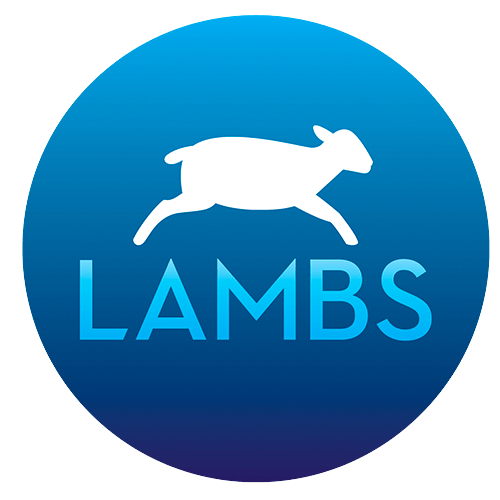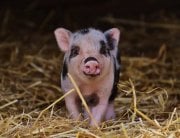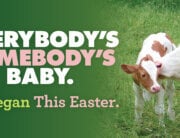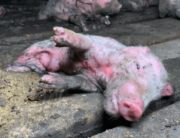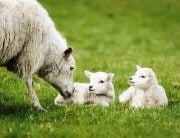Did Jesus eat meat?
Many Christians readily assert that Jesus ate meat. Yet there isn’t one instance in which he ate meat recorded in the Bible or other historical texts. Historians have frequently noted that Jesus’ brother James was a vegetarian and had been raised vegetarian.
Since we know that one of Jesus’ brothers was raised vegetarian, it’s likely that Jesus was raised vegetarian as well.
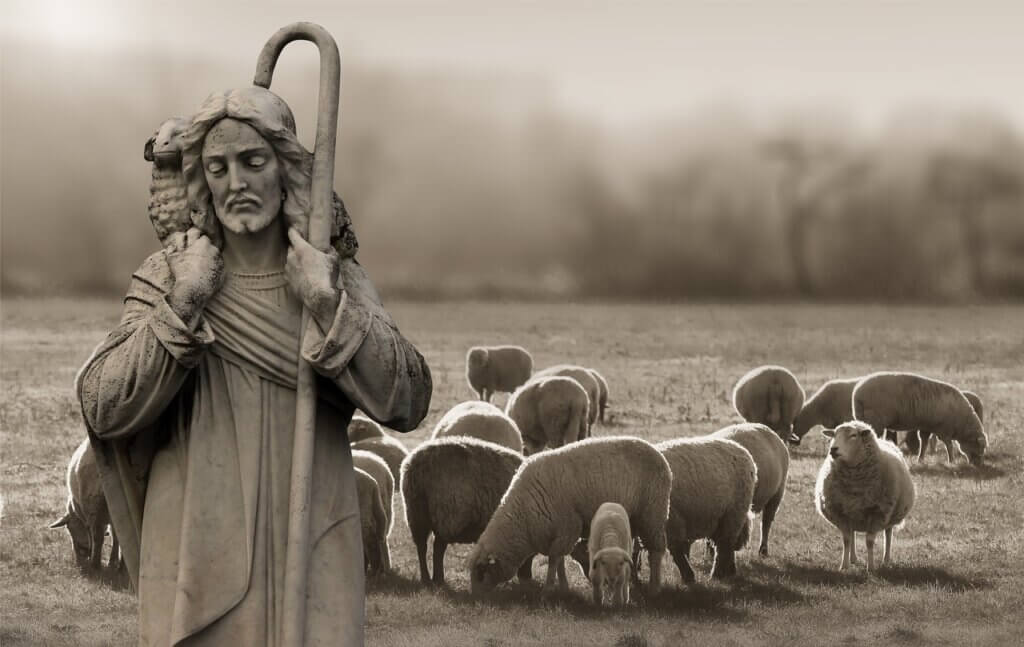
In his essay “Didn’t Jesus Eat Fish?” theologian Dr. Andy Alexis-Baker explains, “In Jesus’ time, water creatures without fins and scales were expressly off-limits to all Jewish sects. Therefore, we can cautiously assume that Jesus did not eat catfish, shrimp, crab, and shellfish, just as he did not eat pigs, ducks, rabbits, and other land animals that Mosaic dietary laws explicitly or implicitly forbade (Lev 11 and Deut 14).”
Several Bible verses also reflect Jesus’ compassion for animals, as when he likens sheep and goats to humans and declares, “Truly I tell you, whatever you did for one of the least of these brothers and sisters of mine, you did for me.” In the incident that led to his arrest, he drove the buyers and sellers of animals out of the temple. And even though the Passover meal typically included lamb, by all accounts there was no meat at the Last Supper. Paul points out that Jesus was the Passover lamb, sacrificed for our sins—and after his death and resurrection, animal sacrifices ended.
And why would Jesus eat animals, knowing full well the capacity for learning, thinking, feeling emotions, and suffering that God gave each one?
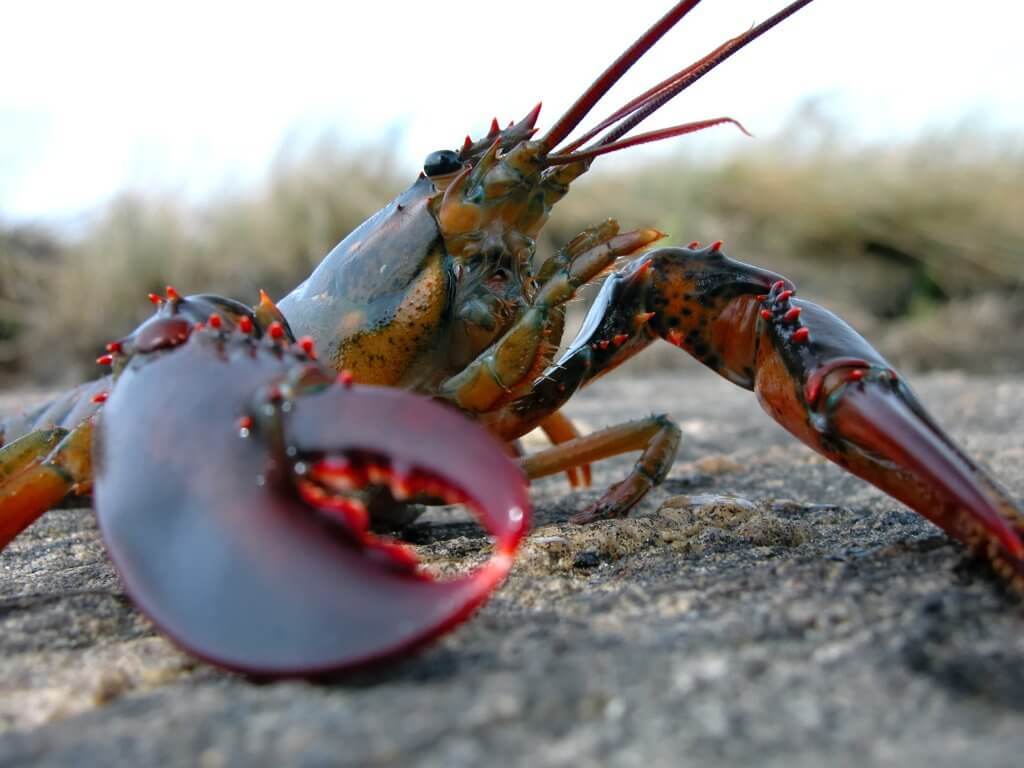 iStock.com/gmnicholas
iStock.com/gmnicholasPigs, for instance, dream, respond to their own names, play, and demonstrate empathy. Chickens’ cognitive abilities are on par with those of primates. Lobsters are remarkably intelligent animals who go through an awkward adolescence and pass down knowledge from one generation to the next. Some crabs behave in a way that accords with Mark 12:31: “Love your neighbor.” If an intruder tries to take over an Australian fiddler crab’s burrow, their neighbor will leave their own burrow to help fight off the enemy.
Did Jesus eat fish?
“But Jesus ate fish,” many Christians still argue, as if that statement—if true—gives humans carte blanche to eat our way through God’s entire animal kingdom. Questionable extrapolation aside, the claim that Jesus ate fish is problematic because the disciples’ accounts of these purported instances are contradictory.
Meat-eaters point to Luke 24 as proof that Jesus ate fish. Luke writes that after the Resurrection, Jesus took a small piece of fish and ate it in front of the disciples. But Peter’s account in Acts 10 contradicts Luke’s version—everyone eats together and there’s no mention of fish. And Luke even contradicts himself in Acts 1, recounting that everyone ate together and not mentioning fish. As Alexis-Baker explains, “[S]ome scholars suggest that Luke portrayed Jesus eating fish to oppose those groups who thought Jesus’ physical body was an illusion.”
Luke 5 is another contradicted example. Here, he writes that when Jesus called fishers Simon, Andrew, James, and John to follow him, he first filled their nets with fish to prove that he was the Son of God. Although Luke goes on to say that the nets were breaking, the boats were sinking, and the men ultimately left it all behind, in Mark’s and Matthew’s tellings of the story, Jesus does not first fill the nets. But he does ask the men to lay down their nets, follow him, and become fishers of men.
Jesus knew that “the seas and all that move in them” praise God (Psalm 69:34 and Isaiah 42:10). And many theologians hold that mentions of “fish” in the Bible were often mistranslated or were not intended to be taken literally.
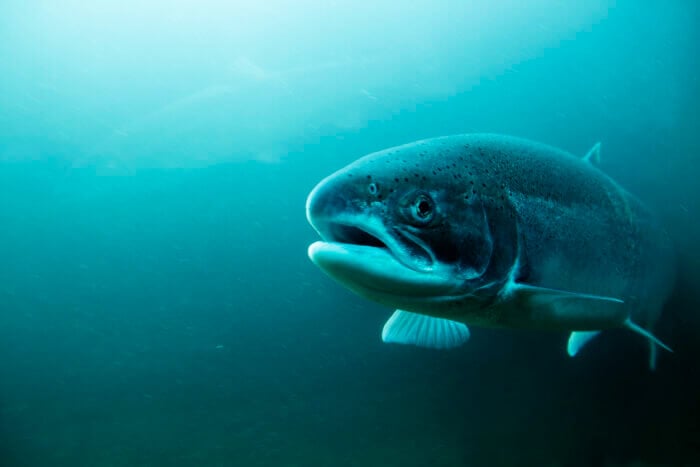 ©iStock.com/DaveAlan
©iStock.com/DaveAlanSo what about the canonical gospels’ stories of Jesus feeding crowds of thousands with a few loaves of bread and a few fish? For a moment, let’s set aside the arguments that point to a mistranslation—and the fact that in Matthew’s and Luke’s accounts, Jesus seems to break and distribute only the bread—and let’s look at the story as it’s commonly told.
In both accounts, it was late at night and the crowd of people who had gathered to see Jesus was getting hungry. We know that the Sea of Galilee was close by and that Jesus had been traveling by boat. We also know that he had several experienced fishers with him. He could easily have procured thousands of fish to feed the crowds, and his actions would have been no less miraculous.
But he didn’t.
Instead, Jesus took the bodies of the few fish who had already been killed and multiplied them. Perhaps feeding thousands of people wasn’t the only miracle that took place. Perhaps there’s another element that we often fail to consider: The course of action that Jesus chose also spared thousands of animals’ lives.
Jesus’ overarching message was one of love. And a loving God would never condone suffering and killing when there is another choice. If you’re ready to lay down your nets and follow Jesus, request your free vegan starter kit.
